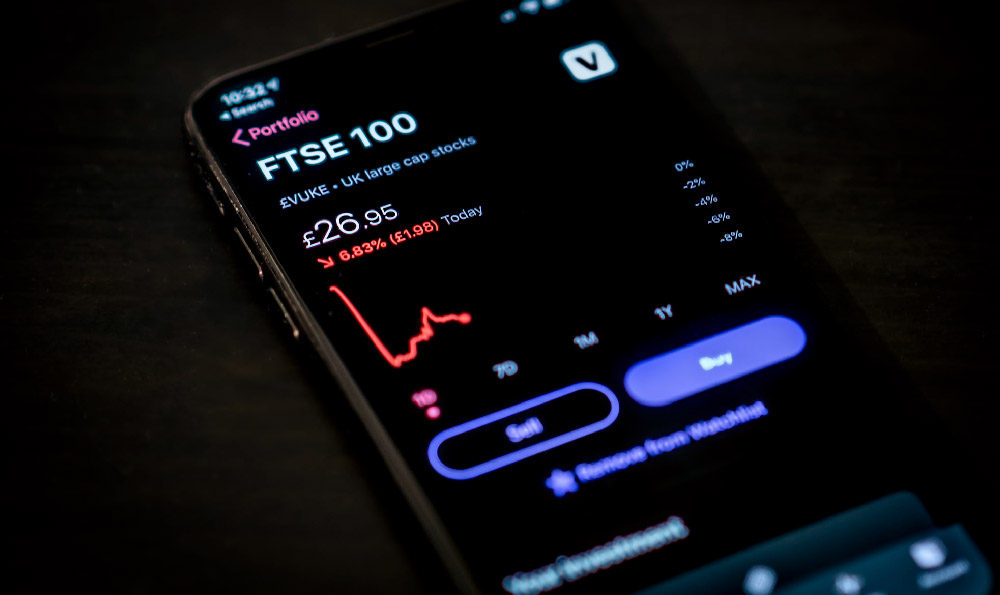
Getting Google rich snippets requires a strategic approach to SEO, focusing not only on technical optimization but also on content quality and user experience. Rich snippets are the enhanced search results that appear with additional information such as stars for product reviews, event dates, or pricing details, which can significantly improve click-through rates and visibility. To achieve this, the foundation lies in understanding how search engines interpret and present content, combining structured data markup with content that meets specific criteria for rich results.
The first step is to ensure that your website’s content is structured in a way that aligns with the semantics of search engines. This means creating clear, organized data that can be easily parsed by crawlers. By using structured data formats like Schema.org, you provide explicit context about your content's type, such as articles, products, or events, allowing Google to categorize and display it more effectively. However, mere markup isn’t sufficient—your content must be rich in both relevance and detail. For example, if you publish a product review, the review should include specific attributes like price, availability, customer ratings, and detailed descriptions, not just a generic summary. This dual focus ensures that the structured data complements the content rather than being an afterthought.
Another critical factor is the quality of the content itself. Google prioritizes pages that offer valuable, original, and well-organized information. To qualify for rich snippets, your content should be comprehensive, addressing user intent thoroughly. For instance, a recipe page needs ingredients, instructions, cooking time, and nutritional information to be eligible for a rich result that displays this data directly in the search snippet. Additionally, the language used should be precise and informative, avoiding vague or redundant phrases. Search engines analyze the depth of content, so providing detailed information on the page increases the likelihood of rich snippet inclusion.

Website speed and performance also play a role in whether a page will display as a rich snippet. Although rich snippets are primarily about content structure, pages that load quickly and offer a seamless user experience are more likely to be favored by Google. Optimizing images, leveraging browser caching, and ensuring minimal reliance on external scripts can improve load times. Furthermore, mobile responsiveness is crucial, as Google primarily uses mobile-first indexing. A well-designed, fast-loading website that functions smoothly across all devices enhances the chances of rich snippet delivery.
Google’s algorithms also evaluate the relevance of your content to the search query. This means that pages with content that directly answers the user’s question are more likely to be selected for rich snippets. For example, if a user searches for “best laptops for graphic design,” a page that lists laptops with specifications tailored to graphic design needs—such as RAM, processor type, and graphics card—stands out. To maximize this, conduct keyword research and ensure your content addresses the most relevant queries for your niche, incorporating those keywords naturally into headings, meta descriptions, and body text.
The use of schema markup must be precise and accurate. While Schema.org provides a comprehensive framework, improper usage can lead to invalid structured data, causing Google to ignore the markup or even penalize the site. For example, if you mark up a product but fail to include its price or availability, the snippet might not display correctly. It is important to validate your schema using the Google Rich Results Tool, ensuring that all properties are correctly implemented and that the data matches the actual content on the page. This careful attention to detail prevents errors and ensures that your structured data is recognized and used effectively.
Incorporating multimedia elements can further enhance your chances of rich snippets. Google often displays images, videos, or other visual media in search results when they are relevant and optimized. To leverage this, ensure that all visual content is properly tagged with alt text, descriptive filenames, and captions that include keywords. Additionally, uploading high-quality videos that are embedded directly on the page can lead to video rich snippets, which capture more user attention. However, multimedia elements should be used purposefully, not for the sake of SEO alone, to maintain content integrity and user engagement.
Beyond technical optimization, building authoritative backlinks and maintaining a strong online presence can also influence rich snippet visibility. While backlinks are primarily linked to page authority and search rankings, they contribute to the overall credibility of your content. Collaborating with reputable websites, guest posting, or participating in industry forums can generate backlinks that signal to Google that your content is trustworthy and relevant. Additionally, regularly updating your content to reflect new information or improvements ensures that your site remains current, which is a factor in rich result eligibility.
Finally, understanding the timeline and algorithm changes is essential. Google updates its ranking and rich results criteria regularly, which means that what works today might change tomorrow. Staying informed about updates and adapting strategies accordingly ensures that your website remains optimized. For example, if Google introduces new types of rich results, adjusting your schema markup to include those could open up additional opportunities. Moreover, patience is required, as rich snippet appearance may take time depending on Google’s indexing process and the competitiveness of your niche.
By combining structured data, high-quality content, and technical optimization, you can significantly improve the likelihood of displaying as a rich snippet. Remember, the goal is not just to display the snippet but to ensure that it provides value to users, aligning with Google’s mission to deliver relevant and useful search results. This holistic approach increases visibility, drives engagement, and establishes your website as a reliable source in the eyes of both search engines and users.





